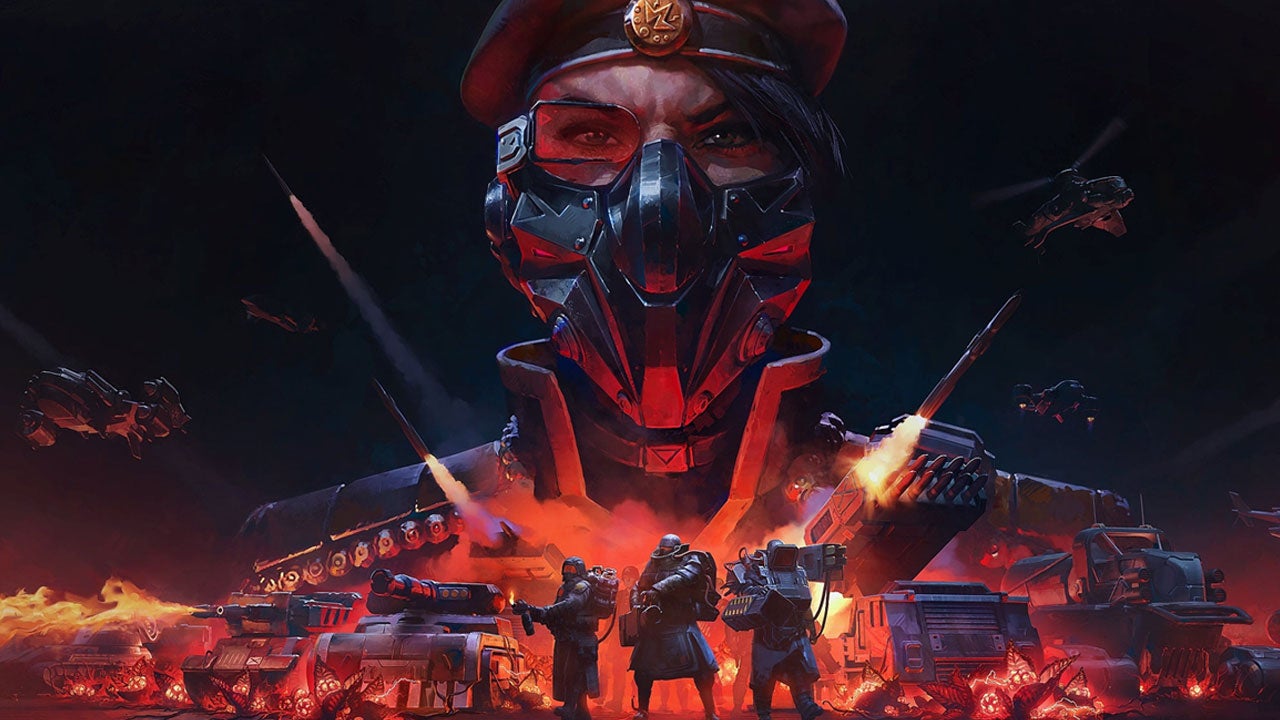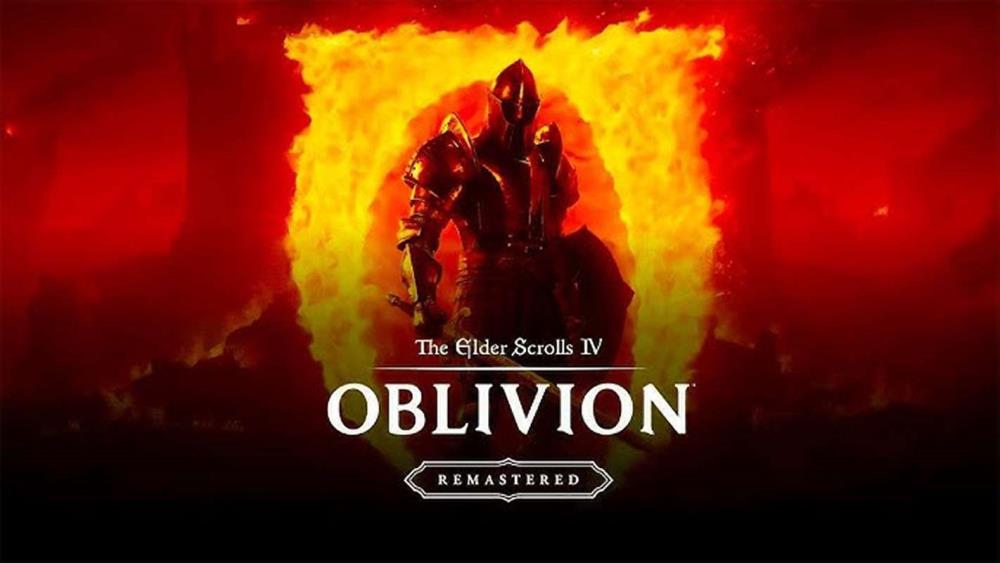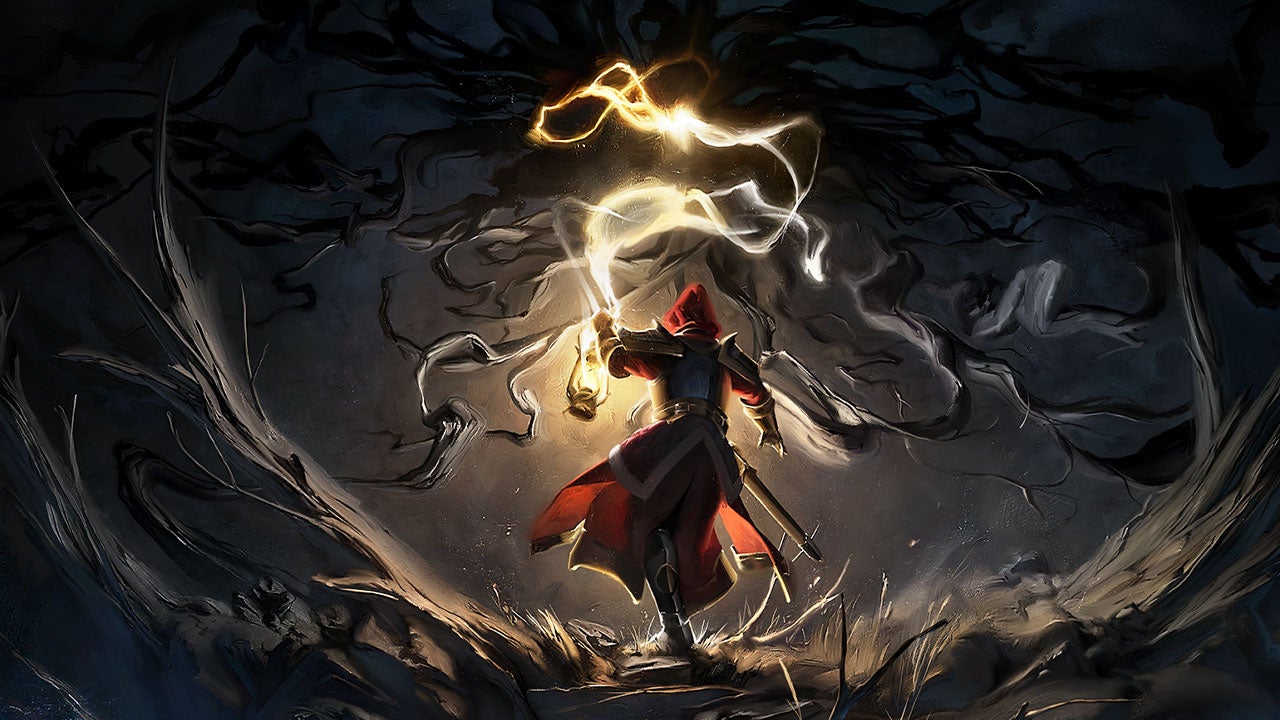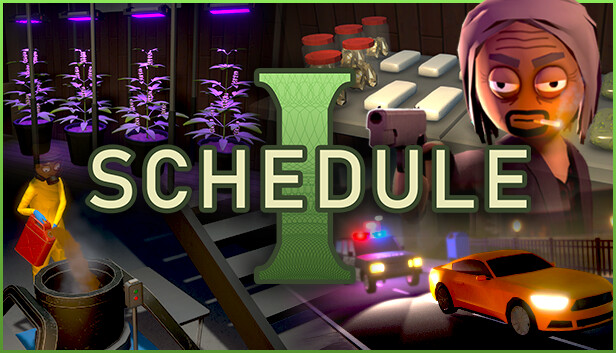There’s a certain appeal in those low-budget, direct-to-video sequels where everything’s scaled back and expectations are minimal—think of movies that are more about having something on in the background than offering a memorable experience. La Quimera fits right into that category of gaming. As a first-person shooter, it doesn’t break new ground in terms of visuals, narrative, or innovation. The gameplay itself isn’t particularly compelling, and the performances can range from average to downright cringe-worthy. Still, there’s a strange, scrappy charm beneath the surface—especially if you jump into it with a friend or two. With company, it becomes less about what the game lacks and more about the chaos and laughs along the way. Just don’t expect more than a rough ride with moments of entertainment peppered in.
Set against the backdrop of the fictional Nuevo Caracas, the game thrusts players into a dystopian future teetering on collapse. Beyond the city limits, a robotic uprising is apparently underway—though the details remain murky at best. Inside the walls, megacorporations battle for control amid rampant poverty. The aesthetic leans hard into retro-futurism, evoking ‘80s science fiction with oversized mechanical suits that would look at home in Aliens. Players take on the role of a new recruit for a private military company, dragged into a corporate feud that lacks any real clarity or emotional pull. Instead, players are left to mow down both machines and humans without much context.
Where La Quimera briefly shows potential is in its environmental storytelling. One standout moment involves a literal wall of bones—a haunting structure constructed during a desperate attempt to escape some unnamed catastrophe. The level design in this instance paints a picture of panic and sacrifice more effectively than any of the dialogue ever manages to do. It’s a rare instance of subtlety and thoughtfulness in a game that otherwise feels aggressively loud and directionless.
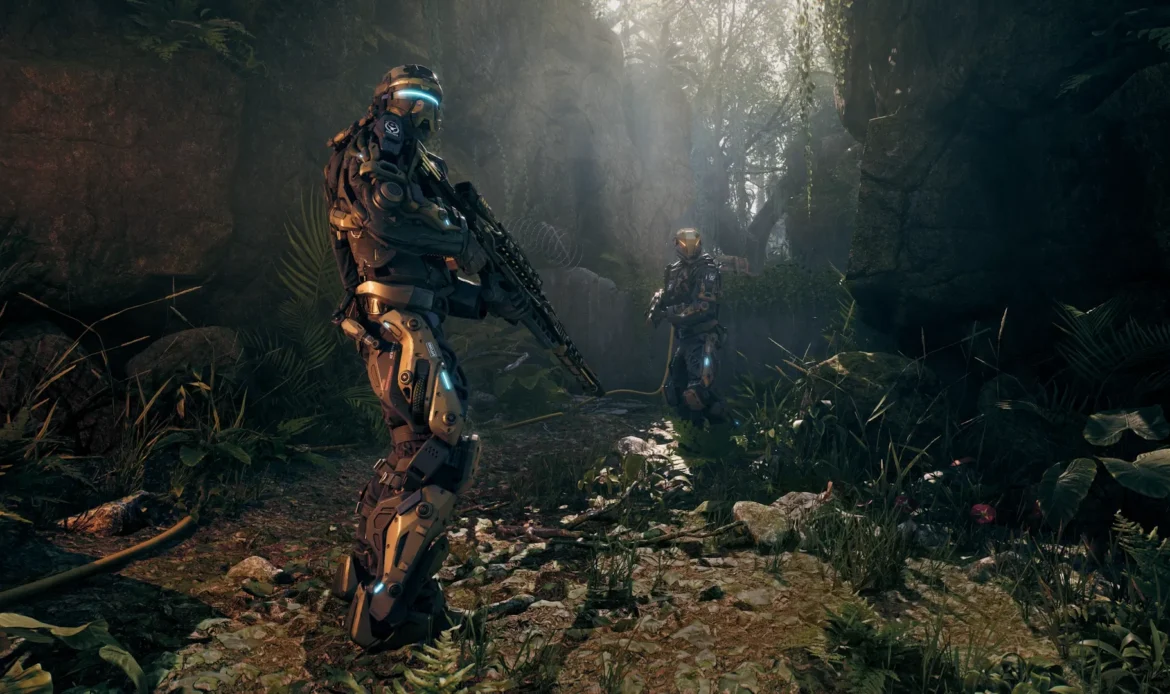
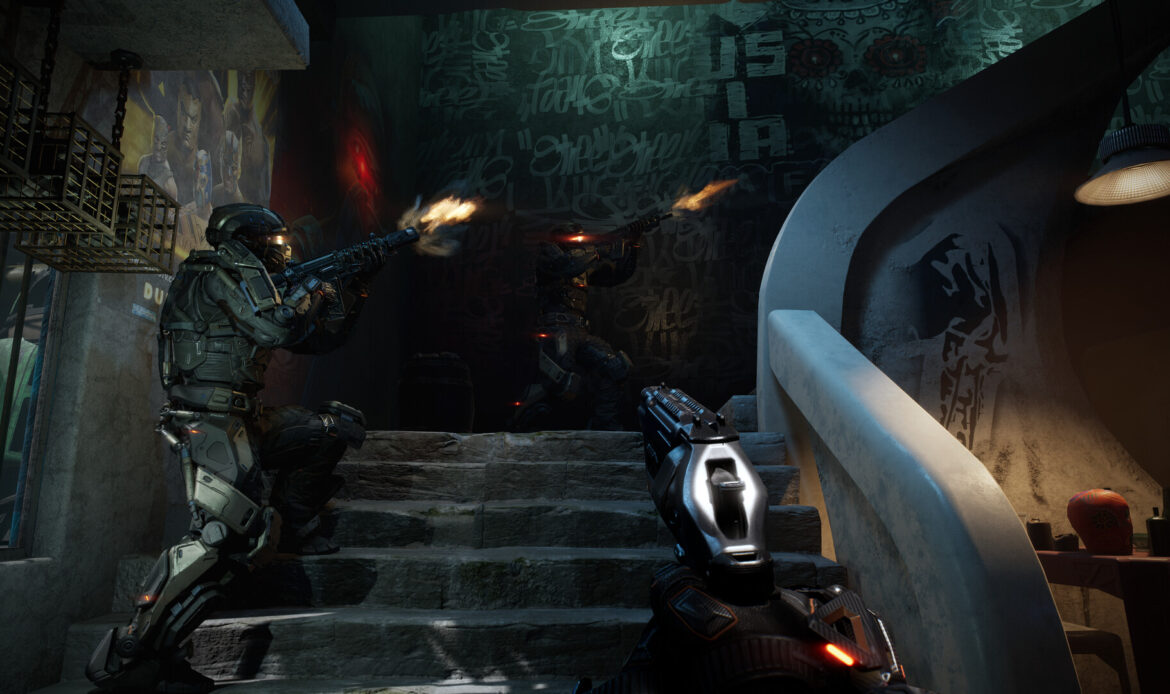
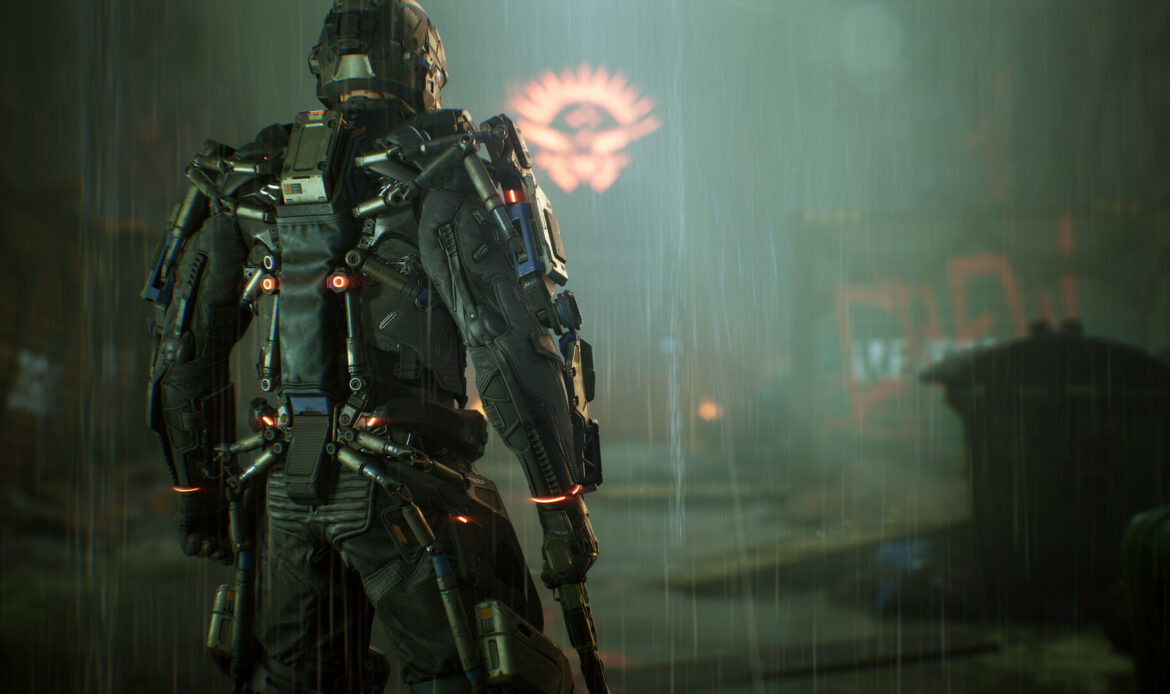

That’s largely because the writing is an exercise in forced edginess. Dialogue is loaded with unnecessary profanity and attempts at dark humor that rarely, if ever, hit their mark. Characters frequently sound like they’re parodying bad action movie tropes without the self-awareness to pull it off. And the voice acting? Often stilted, occasionally baffling. It’s hard to tell if it’s meant to be campy or if something simply went very wrong in execution. One particularly rough moment had a character enthusiastically exclaiming about “robot dogs” in a way that completely shattered any tension the scene might have had.
The story structure, such as it is, doesn’t fare much better. It kicks off with your squad saving a billionaire’s daughter and, in a baffling twist, ends up being “rewarded” with a lifetime of forced service and cybernetic enhancements. Why? Because legal threats are scarier than death, apparently. It’s all nonsense—barely coherent and clearly incomplete. The campaign ends abruptly after just a few hours, providing no closure or real progression. That isn’t just a shortcoming; it feels like the entire narrative was yanked out halfway through development. The fact that the game now carries an Early Access label only reinforces that it wasn’t ready for prime time. Still, given that the developers are working under challenging circumstances, including operating out of a region currently facing significant turmoil, it’s hard not to appreciate the sheer effort of getting it this far.
From a gameplay perspective, La Quimera borrows heavily from Crysis, especially in its use of exosuits. Players gain access to features like energy shields, active camouflage, and enemy detection. These suits introduce some depth, allowing players to mark foes through walls and take them down with weapons that can shoot through solid barriers. It’s genuinely satisfying to clear a room full of enemies without ever being seen. However, unlike Crysis, which often funneled players into large, open combat arenas, La Quimera sticks to narrow corridors and linear missions. The objectives rarely vary beyond “move forward and shoot everything,” and many levels follow an almost identical loop: clear enemies, unlock door, repeat. Occasionally, it shakes things up—a shootout on a slowly ascending elevator stands out—but these moments are few and far between.
The shooting mechanics are serviceable but overly simplistic. Players are limited to a small selection of weapons, typically a rifle, shotgun, and pistol, with no option to pick up weapons mid-mission. There’s a distinction between traditional ballistic weapons and electromagnetic ones, which work better against robotic enemies. However, the disparity in effectiveness is so drastic that your loadout choices feel predetermined rather than strategic. The idea that you’re making tactical decisions fades fast when one weapon type clearly outclasses the other in almost every mission.
One area where La Quimera does manage to inject a bit of tension is in its ammo system. Ammunition can become scarce, particularly in the latter half of the campaign. This forces players to stay mobile, scavenge from fallen enemies, and make use of limited supply boxes scattered around. That sense of resource pressure helps propel the action forward and prevents firefights from becoming too static.
Between missions, players can spend their earnings on new gear or upgrades, but the progression system is extremely shallow. There are only a handful of items available, and most of them offer minimal benefits, like slightly improved cooldowns or marginal increases to health packs. The impact of these upgrades is so minor that you’re unlikely to feel much difference regardless of how you invest. Even the act of collecting money mid-mission is oddly frustrating. Your character has a very low carrying capacity, so you’ll quickly hit a maximum limit, which removes much of the incentive to explore or go off the main path.
And yet, despite all of its shortcomings, La Quimera isn’t entirely without merit. The entire campaign—barring the tutorial—can be played in online co-op with up to two other players. Adding friends into the mix transforms what would otherwise be a frustrating solo experience into something weirdly enjoyable. The ridiculous lines, the bugs, the janky action—it all becomes easier to laugh off when you’ve got someone else along for the ride. Sharing scans and coordinating attacks can also make the action feel more dynamic, even if the underlying mechanics remain simplistic.
The other thing working in La Quimera’s favor is its short length. Clocking in at just about four hours, the game never overstays its welcome. It might not offer much in terms of content, but that brevity helps it avoid becoming a true slog. With the right group of friends and the right mindset—one that doesn’t demand polish or depth—it can provide an evening’s worth of chaotic fun. Of course, much of that goodwill is rooted in the hope that future updates will flesh out the story and expand the feature set, as the current state of the game is far from complete.
La Quimera is rough, undeniably. Its writing and voice acting are often painful, and its gameplay loop rarely surprises. But there’s a specific, low-budget charm that can make it worthwhile for the right audience. It’s not a game you play to be impressed—it’s one you boot up when you’re looking for something mindless, messy, and maybe a little funny, especially in good company. There’s a long road ahead if this is going to evolve into something meaningful, but as a flawed curiosity with a few sparks of personality, La Quimera earns a hesitant nod.



